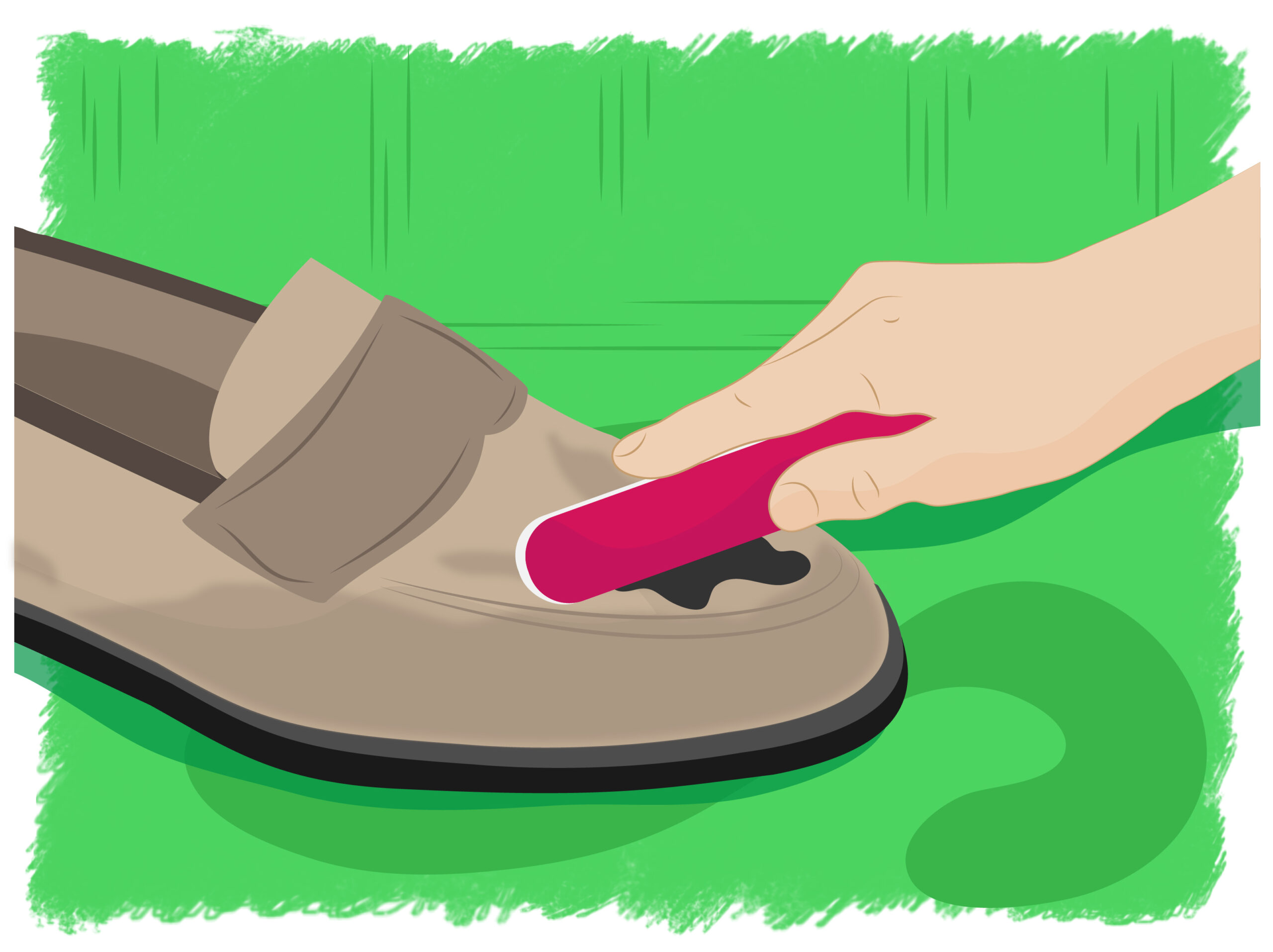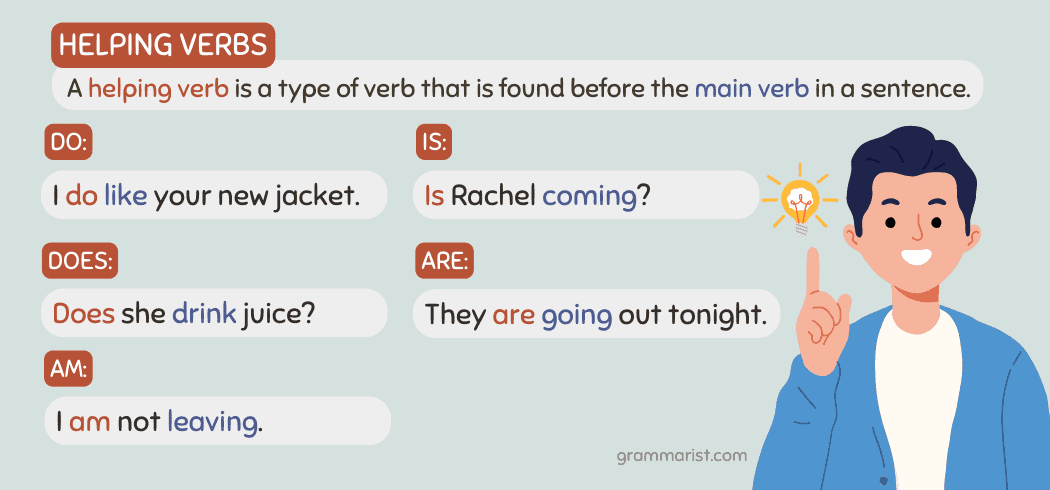Ecosystem Disruption: What Happens When an Organism Is Removed from a Food Chain?
Understanding Food Chains and Their Role in Ecosystems
A food chain illustrates the direct path of energy transfer within an ecosystem, showing how each organism relies on another for nourishment. Producers, such as plants and algae, convert sunlight into energy, which is then passed to herbivores (primary consumers), and subsequently to carnivores and omnivores (secondary and tertiary consumers). Decomposers complete the cycle by breaking down dead matter and recycling nutrients. The stability and health of an ecosystem depend on the balance within these interconnected chains and the broader food web that links them together [2] .
Immediate Effects of Removing an Organism
The removal of any organism from a food chain disrupts the flow of energy and can destabilize the ecosystem. The magnitude of disruption depends on the organism’s role. For example, eliminating a top predator (apex consumer) often causes dramatic and far-reaching effects, a phenomenon known as a trophic cascade [1] . When a predator is removed, populations of prey species may surge, leading to overconsumption of the next lower trophic level. Conversely, losing a primary producer, like a plant species, can starve consumers at all higher levels [3] .
For instance, consider the case of sea otters in kelp forest ecosystems. When otters (predators of sea urchins) are removed, sea urchin populations explode, overgrazing on kelp and leading to the collapse of the entire kelp forest community. This example demonstrates how removing a single species can ripple through an entire ecosystem, affecting organisms that may seem only distantly connected [1] .
Long-Term Ecological Impact
The consequences of removing an organism extend beyond immediate population changes. Over time, the following effects may occur:
- Biodiversity Loss: As the food chain destabilizes, some species may become extinct locally, reducing overall biodiversity and making the ecosystem more vulnerable to further disturbances [5] .
- Altered Resource Availability: Overpopulation of one species and decline of another can lead to resource depletion, such as overgrazed plants or depleted prey, affecting ecosystem productivity and health [3] .
- Habitat Changes: The physical structure of the environment may change. For example, without herbivores, plant biomass could increase unchecked; without plants, erosion and habitat degradation may occur [1] .
- Spread of Disease and Invasive Species: Disrupted food webs can create opportunities for invasive species to take hold or for certain diseases to spread more easily among overpopulated species [1] .
The Role of Keystone Species
Some organisms, known as keystone species , play a disproportionately large role in maintaining the structure and stability of an ecosystem. Removing a keystone species can trigger cascading effects, dramatically altering the entire ecosystem. An example is the gray wolf in Yellowstone National Park. The removal of wolves led to an increase in elk populations, which overgrazed vegetation, resulting in changes to riverbanks, erosion, and reduced habitats for other species. The reintroduction of wolves restored balance, highlighting the critical importance of key species in food webs [4] .
Practical Guidance: What You Can Do
If you are involved in ecosystem management, conservation, or simply wish to support local biodiversity, consider these actionable steps:
- Learn About Local Food Webs: Research your region’s key species and their roles. Local conservation groups and natural history museums often provide educational resources.
- Support Conservation Efforts: Many organizations focus on preserving critical habitats and protecting keystone species. You can volunteer, donate, or participate in citizen science projects. Consider searching for reputable organizations like The Nature Conservancy or World Wildlife Fund for local chapter opportunities.
- Promote Native Species: In gardening or land management, use native plants and avoid introducing non-native species, which can disrupt food webs.
- Advocate for Restoration Projects: Restoration programs often aim to reintroduce missing species or rehabilitate degraded habitats. Contact your local environmental agency or search for state-sponsored ecological restoration programs for guidance on participating.
- Report Invasive Species: If you encounter invasive species, contact your state’s department of natural resources or local environmental agency. Many have hotlines or online forms to report sightings.
Alternative Approaches and Solutions
Managing the impacts of species removal requires careful planning and ongoing monitoring. Ecologists often use the following strategies:

Source: blog.entomologist.net
- Monitoring Ecosystem Health: Long-term studies help identify changes in species populations and ecosystem functions. Universities and government agencies often conduct this research. You can often access their findings through official websites or scientific journals.
- Adaptive Management: This approach involves adjusting management strategies based on ongoing observations and outcomes. For example, if removing invasive species leads to unexpected declines in native species, managers may alter their approach accordingly.
- Community Education: Educating the public about the importance of each organism in the food chain can build support for conservation initiatives. Many extension services and nonprofit organizations provide educational materials and workshops.
Challenges and Real-World Examples
Restoring balance after an organism is removed can be complex and time-consuming. In some cases, lost species cannot be reintroduced, or the ecosystem has shifted irreversibly. For example, in marine environments, overfishing of large predators has led to the dominance of smaller, less valuable species, fundamentally changing local economies and ecosystem services [1] . In terrestrial systems, the removal of large herbivores can cause shrub encroachment and alter fire regimes, with long-term consequences for biodiversity and landscape stability.

Source: storage.googleapis.com
Summary and Key Takeaways
The removal of an organism from a food chain triggers a series of direct and indirect effects, including population changes, loss of biodiversity, and alterations to ecosystem structure. The severity of these impacts depends on the organism’s ecological role, especially if it is a keystone species. To mitigate these effects, support local conservation, educate your community, and participate in monitoring and restoration initiatives. For further guidance, consult official resources from environmental agencies or academic institutions, searching for terms like “food web stability,” “trophic cascades,” or “keystone species conservation.”
References
- University of California Santa Cruz (2011). Loss of large predators has caused widespread disruption.
- Study.com (n.d.). What happens when an organism is removed from a food chain?
- Wikipedia (2006). Trophic cascade.
- Sparkl.me (n.d.). Impact of Removing an Organism from a Food Web.
- TutorChase (n.d.). What are the consequences of removing a species from a food web?
MORE FROM savvysc.com













